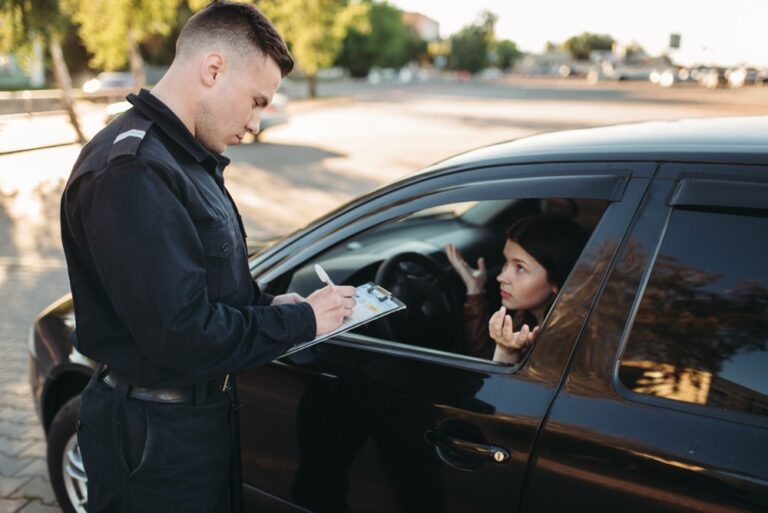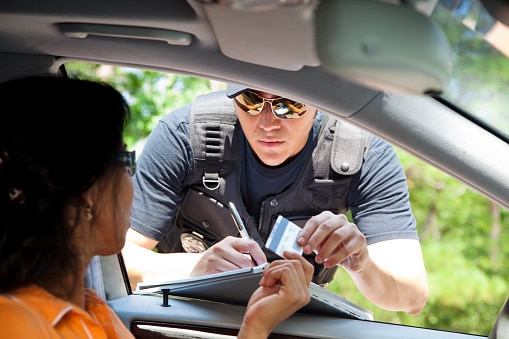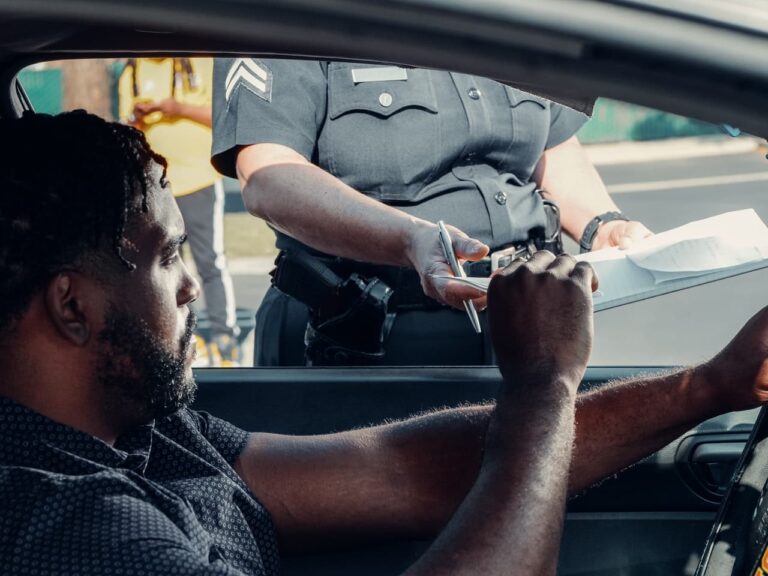Licence plates have been a source of frustration and controversy over the last little while, so we’re here to tell you everything you need to know about the condition and appearance your licence plate needs to be in.
To begin, the HTA states:
No person shall drive a motor vehicle on a highway unless,
(a) there exists a currently validated permit for the vehicle;
(b) there are displayed on the vehicle, in the prescribed manner,
(i) number plates issued in accordance with the regulations showing the number of the permit issued for the vehicle, or
(ii) number plates described in subsection (7.2) if the vehicle is an historic vehicle and the Ministry has issued a currently validated permit for it; and
(c) evidence of the current validation of the permit is affixed, in the prescribed manner, to,
(i) one of the number plates mentioned in subclause (b) (i) displayed on the vehicle, or
(ii) to a mini-plate attached to the number plate exposed on the rear of the vehicle, if number plates described in subsection (7.2) are displayed on the vehicle. .
Basically, in Ontario, all motor vehicles must have two licence plates on the vehicle. One in the front and one in the back. Motorcycles are required to have only one licence plate, and it must be on the back of the motorcycle. (See our blog post on motorcycles) These plates must be “conspicuous” AKA, plainly visible and noticeable. The plate cannot be inside the vehicle, resting against a window, or hanging in a window.
Next, the plate cannot be dirty or damaged.
Every number plate shall be kept free from dirt and obstruction and shall be affixed so that the entire number plate, including the numbers, is plainly visible at all times, and the view of the number plate shall not be obscured or obstructed by spare tires, bumper bars, any part of the vehicle, any attachments to the vehicle or the load carried.
The plate must be kept free of dirt and debris. There are also strict rules about the kind of coverings you can put over a licence plate. The cover must not obstruct the plate i any way that can prevent it from being photographed by a red light camera, photo radar or an electronic toll system.
The plate must also not be damaged or broken in anyway. After January 2014 some vehicles received plates that began to peel and flake. Most of these plates, as long as they were under five years old, were replaced free of charge by any Service Ontario Office
Those plates may have been excused by defective production, but the responsibility lies on the owner of the vehicle to keep the plate clean, visible and undamaged. The penalty? An annoying charge:
| Drive motor vehicle, no plates | $90.00 + $20.00 surcharge |
| Driver motor vehicle, fail to display two plates | $90.00 + $20.00 surcharge |
| Drive motor vehicle, plate improperly displayed | $90.00 + $20.00 surcharge |
| Obstruct plate | $90.00 + $20.00 surcharge |
| Dirty plate | $90.00 + $20.00 surcharge |
| Entire plate not plainly visible | $90.00 + $20.00 surcharge |
Here are some hints for drivers:
- The plate must be kept free of dirt and other debris, it must be kept clean at all times
- The entirety of the plate must be visible at all times
- Spare tires, bumpers, bike racks, grills and other parts of a vehicle may not cover or obscure the plate in any way
- There can be no coloured licence plate cover used (check the law before you buy these things)
- The licence plate must not be bent in a way that prevents the numbers from being read
Every situation is different. Remember you have the right to fight your ticket. At Bulwark Legal Services we provide free consultations. You can go to our website and send us a copy of your ticket. We will help you decide the right course of action to take.


